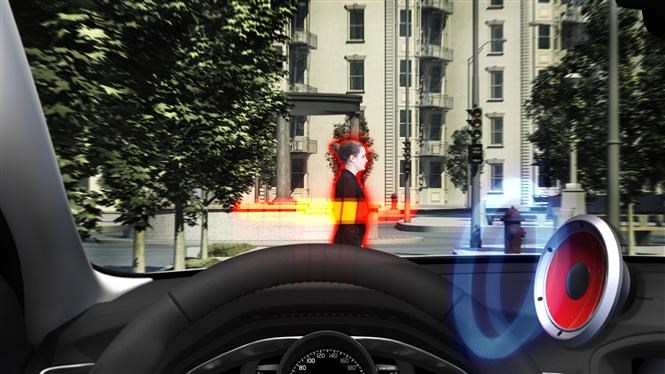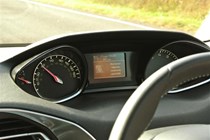Safety’s taken a much higher ranking position in the car buying decision process over recent years.
Wind the clock back to before the experts at Euro NCAP started their very public crash testing programme in 1997 and the only manufacturer regularly plying its cars’ safety credentials was Volvo. Customers rarely spent money on optional extras they hoped never to need to use.
Nowadays cars are packed to the gunnels with airbags, braking assistance, electronic stability software and other such measures to both reduce the chances of an accident happening in the first place and to keep you as safe as possible if you do.
There’s no such thing as being ‘too safe’, though, which is why new technology to keep you and your passengers protected is regularly introduced.
We’ve sifted through the key optional proactive safety technology available today to highlight five packages that you should consider for your next car.
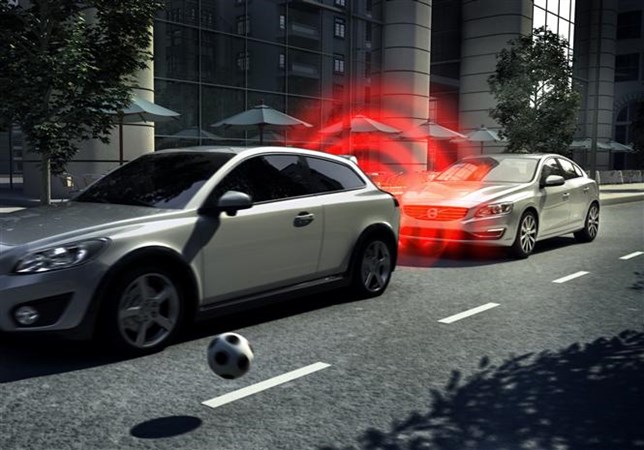
Automatic emergency braking
Many cars are now available with an autonomous braking system that constantly monitors the road conditions ahead, with cameras or radar used to pick up not just other vehicles but pedestrians and cyclists too.
Once a potential obstruction’s been detected, the brakes are effectively put on standby so they’ll work quicker, before an audible and visual warning is given to the driver. Should they not attempt to brake – or not do it sufficiently hard enough – the car takes over. Typically working at speeds of up to approximately 30mph to prevent serious collisions altogether or, at worst, mitigate the seriousness of them.
Where the systems aren’t standard, the option price is reasonable: Active City Stop costs £200 on a Ford Fiesta, while on the latest Vauxhall Astra it’s available as a bundle with other systems for £795 on lower-specification models.

Lane keeping assist
We’re already used to cars beeping or even vibrating our seatbelt to alert us that we’re close to crossing over lane markings without indicating, but lane keeping assist takes that up a notch.
Although it’s not (yet) fully-autonomous driving, cameras monitor the car’s position in relation to its position in a lane. If it decides the driver’s wandering out of lane a small amount of steering input is automatically delivered to usher the car back to the lane’s centre. All the driver feels is a gentle tugging at the wheel which they can overrule if desired. Alternative systems brake the wheels on one side of the car to have a similar effect of keeping its position in check.
Active Lane Keeping Assist is often bundled into a single option with other safety features, as with the Mercedes-Benz C-Class where it’s part of the £1,625 Driving Assistance Package.
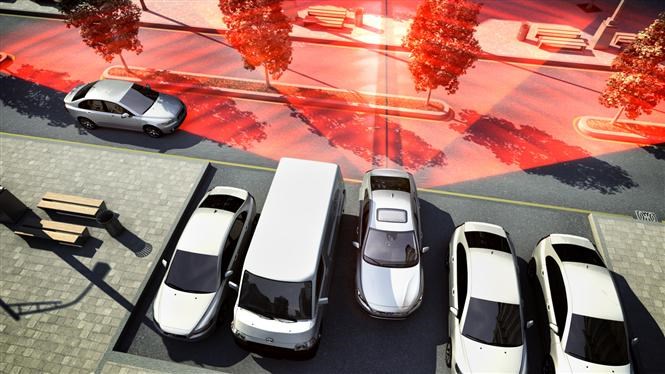
Self-parking systems
Cars that essentially park themselves have been around for a few years now but recently the systems have become more sophisticated to help prevent drivers causing their cars unnecessary damage while using them.
Not only do the latest systems drive you safely forwards out of confined parking spaces, they now also feature rear cross traffic systems to alert you to oncoming vehicles when you’re reversing unsighted out of parking bays, helping prevent low speed bumps associated with shopping centre car parks.
It’s combined with the £525 Blind Spot Information System on the Ford Focus and the Parking Pack on the latest Vauxhall Astra, for £595.
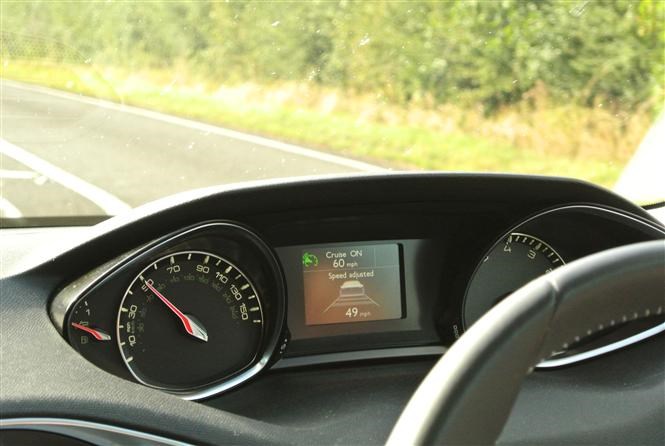
Adaptive cruise control
Adaptive cruise control, which monitors the gap to the vehicle in front and adjusts the speed accordingly up to a predetermined maximum, isn’t new but the systems are becoming much more sophisticated and ‘natural’ in their operation, making them worthier of investment.
Not only are they fine tools for making motorway driving feel less of a chore, more advanced systems, which also operate the car’s brakes, can make light work of urban driving too, braking you to a complete standstill.
Some systems, such as Distronic Plus as found on the Mercedes-Benz C-Class are bundled in packages (the Driving Assistance Package at £1,695), while other cars’ systems, such as the Active Radar-Guided system on the Citroen Grand C4 Picasso, is standard on the higher-specification Exclusive trims.
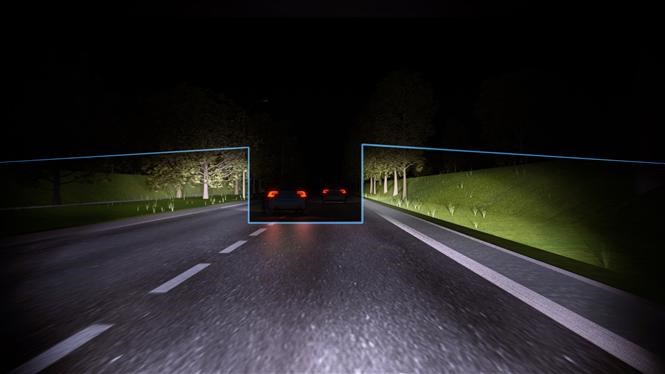
LED headlights
Many manufacturers have been using LEDs for day running lights for several years but more recently full-LED headlights are making their way down the automotive price spectrum.
High trim levels in the Peugeot 308 range feature LED headlamps as standard but more of interest are the latest Matrix lights, such as those fitted to the new Vauxhall Astra at an extra cost of between £995 and £1,560 depending upon the trim level.
Those Vauxhall IntelliLux LEDs include eight separate lighting elements on each side, which together with the automatic main beam function, allow sections to be switched to dipped beam, preventing oncoming drivers from being dazzled, yet keeping the rest of the road brightly lit.
Need more help looking for your next car? The articles below may help:
Top 10 optional extras for your next family car



